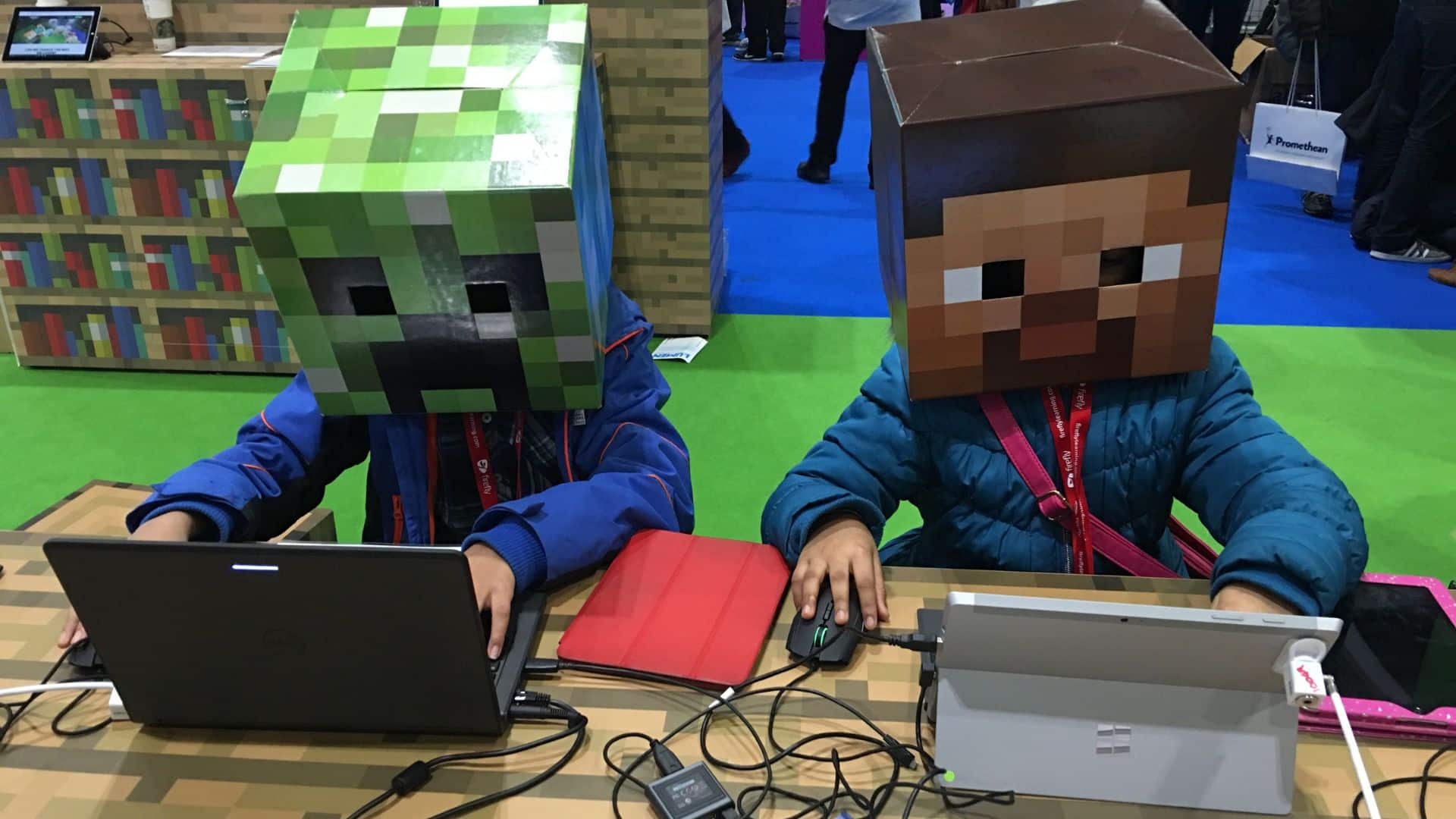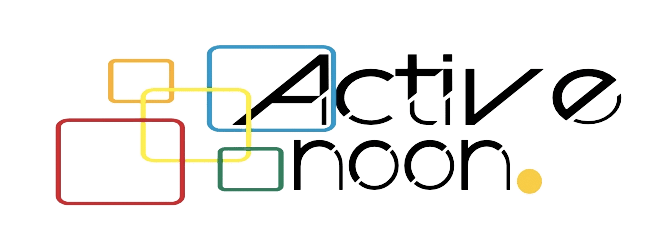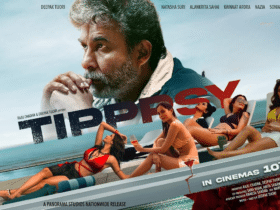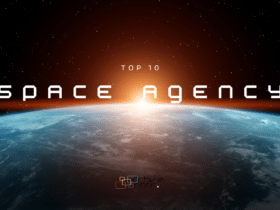Minecraft is a popular video game that has been used in classrooms as an educational tool. The game’s open-ended nature allows students to explore, create, and problem-solve in a virtual environment. Minecraft’s popularity with students has made it a valuable tool for educators looking to engage students in new and creative ways. This game has been found effective in teaching a variety of subjects, including math, language arts, history, and computer science. The use of Minecraft in the classroom has been shown to improve students’ critical thinking, creativity, and collaboration skills. In this article, we’ll explore how Minecraft is being used in the classroom and the many benefits it provides for students’ learning.
Minecraft – An Overview
Minecraft is a sandbox video game that was first released by Mojang Studios in 2011. The game is set in a block-based open-world environment and allows players to explore, mine, and build using various types of blocks. The game is available on a variety of platforms, including PC, consoles, and mobile devices.
The core gameplay of Minecraft revolves around the player’s ability to gather resources and use them to build structures, tools, and other items. The game includes a survival mode where players must fend off monsters, manage their health and hunger, and build shelter to survive. There’s also a creative mode, where players have access to all the game’s resources and are free to build and create without any limitations or hazards.
The game’s open-ended nature has made it popular among players of all ages. The ability to explore, create and problem-solve in a virtual environment has led to the use of Minecraft in classrooms as an educational tool, across multiple subjects such as math, language arts, history and computer science. It also provides an online multiplayer feature, players can join together and build, explore and create with others, which also promotes collaborative skills.
Minecraft in the Classroom

Minecraft is being used in a variety of educational settings, from primary schools to universities. One of the main ways it is being used is to teach subjects such as math, history, and language arts.
For example, math teachers have used Minecraft to teach geometry, fractions, and measurement. In one instance, students were asked to build a house using a specific ratio of blocks, and then calculate the volume and area of their constructions.
History teachers have used Minecraft to recreate historical events and settings, such as ancient civilizations or the building of the Great Wall of China. This can help students better visualize and understand these events, giving them a more engaging and memorable learning experience.
Minecraft is also being used to teach language arts. Teachers use the game to enhance students’ writing skills and encourage creativity. Minecraft is a great tool for this, as it allows students to create their own worlds and tell stories in them.
Also read – What’s Coming Out in 2023? A List of the Biggest Video Game Releases
Positive Effects of Minecraft on Students’ Development
The positive effects of Minecraft in School on students’ development, focusing on three main areas: critical thinking, creativity, and collaboration.
Critical Thinking
The game’s open-ended nature allows students to explore, create and problem-solve in a virtual environment. Minecraft provides a platform for students to experiment and test out different solutions to problems they encounter in the game. This encourages them to think critically and develop problem-solving skills that they can apply to real-life scenarios. Additionally, Minecraft’s survival mode requires players to manage resources, defend against monsters and build shelter, which encourages players to think strategically and plan ahead.
Creativity
Minecraft encourages creativity by giving players the freedom to build and create whatever they can imagine. The game’s creative mode allows players to have access to all the game’s resources, and this allows them to build and create without any limitations. This allows students to express themselves and develop their creativity in a unique way. Minecraft also allows players to mod the game, which allows them to create custom content and tailor the game to their preferences.
Collaboration
Minecraft also allows players to join together and build, explore and create with others. The game’s multiplayer feature encourages students to work together to achieve a common goal. Collaboration is crucial for success in the game, as players need to share resources and work together to build and defend their structures. This promotes teamwork, communication, and a sense of community among players.
Benefits of using Minecraft in the classroom
There are many benefits to using Minecraft in the classroom, including improved student engagement and motivation, as well as enhanced critical thinking and problem-solving skills.
One of the main benefits of using Minecraft in the classroom is improved student engagement. When students are actively participating in the game, they are more likely to be engaged and motivated to learn. This is particularly true for students who may have difficulty with traditional learning methods.
Another benefit is that Minecraft encourages creativity and imagination. It allows students to use their own creativity to build and explore in a virtual world, giving them a sense of ownership over their learning experience.
Minecraft also helps to enhance critical thinking and problem-solving skills. As students navigate the game’s challenges, they are developing important skills such as planning, problem-solving, and teamwork. These skills are critical for success in school and in the workplace.
In addition, Minecraft can also foster a sense of community among students, who can work together in a shared virtual environment. As they collaborate on building projects, they learn to communicate effectively, share responsibilities, and respect each other’s ideas.
How to Use Minecraft in the Classroom to Achieve Better Results
We will look at three main areas: planning, implementation and assessment.
Planning
Before incorporating Minecraft into the classroom, it is essential to have a clear understanding of the learning objectives and how they align with the curriculum. Educators should also consider the students’ prior knowledge and skills, as well as the resources and technology available to them. Once the objectives are established, educators can create lesson plans that incorporate the use of Minecraft to achieve these goals. It’s also important to make sure that the game is age-appropriate and aligns with the student’s skills and interest.
Implementation
Once the lesson plans are created, it’s time to start implementing them in the classroom. Educators can use Minecraft in different ways depending on the learning objective and the students’ skill level. For example, the game’s survival mode can be used to teach problem-solving and strategic thinking. Its creative mode can be used to promote creativity and self-expression. In addition, the game’s multiplayer feature can be used to promote teamwork and collaboration. Educators can also use mods and custom content to tailor the game to the students’ needs and interests.
Assessment
It’s essential to assess the students’ learning and progress throughout the process. Educators can use a variety of methods to assess students’ understanding and skills, such as observations, worksheets, quizzes, and projects. These assessments can be used to evaluate students’ understanding of the material and their ability to apply the concepts they’ve learned to real-life scenarios. Educators can also use the assessments to provide feedback and make adjustments to the lesson plans as needed.
Risk Involving Minecraft Use in Classroom

Some of the potential risks and how to mitigate them to ensure a successful implementation of Minecraft in the classroom:
Lack of Student Engagement
One of the risks involved in using Minecraft in the classroom is lack of student engagement. Some students may not be interested in the game or may not see the connection between playing Minecraft and learning. To mitigate this risk, educators can use Minecraft in conjunction with other teaching methods and materials, such as worksheets and quizzes. This allows students to see the connection between the game and the material being taught, making it more likely that they will engage with the game and the learning process.
Technical Difficulties
Another risk involved in using Minecraft in the classroom is technical difficulties. Minecraft requires a certain level of technical knowledge and resources, such as a computer or gaming console, that may not be available to all students. To mitigate this risk, educators can provide students with the necessary resources and provide technical support as needed. Additionally, providing training on how to use the game can help reduce technical difficulties and ensure a smooth implementation of Minecraft in the classroom.
Distraction
Some students may find it difficult to stay focused while playing Minecraft, and may become easily distracted by the game. To mitigate this risk, educators can set clear guidelines and expectations for how the game should be used in the classroom. This can include setting time limits for playing the game, or requiring students to complete certain tasks or objectives before playing. Additionally, educators can provide regular opportunities for students to reflect on their learning, helping to maintain focus on the learning objectives.
Conclusion
Minecraft is a powerful tool for education, and it is being used in a variety of ways to teach subjects such as math, history, and language arts. It has the ability to improve student engagement and motivation, enhance critical thinking and problem-solving skills, and foster a sense of community. As more educators continue to explore ways to use Minecraft in the classroom, it is likely that we will see even more benefits to using this popular game as a learning tool.
















Leave a Reply